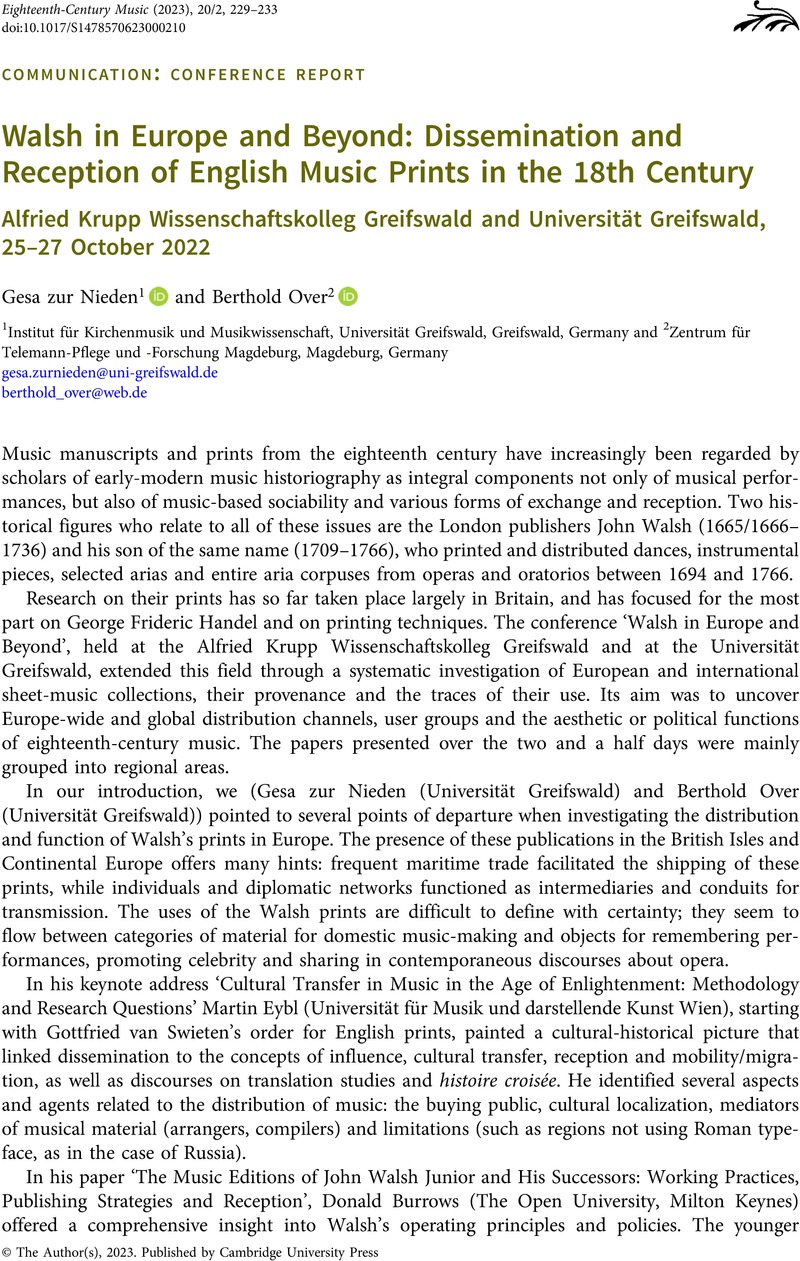Crossref Citations
This article has been cited by the following publications. This list is generated based on data provided by Crossref.
Wei, Yuan
Pandya, D.
Marino, E.
Syed Mohammed, S.F.
and
Ghlamallah, N.R.
2024.
A Comparison of Folk Printmaking in China and the West.
SHS Web of Conferences,
Vol. 185,
Issue. ,
p.
02007.




